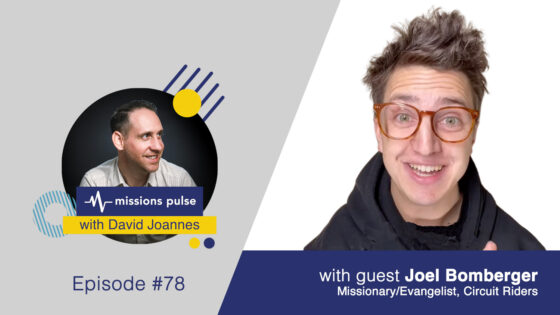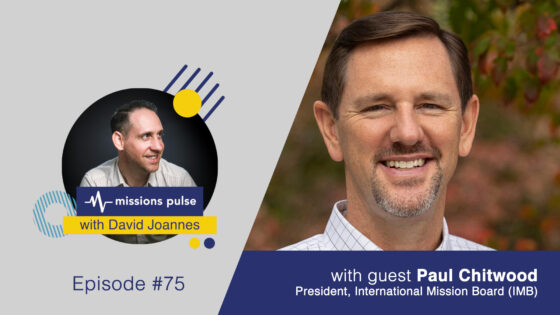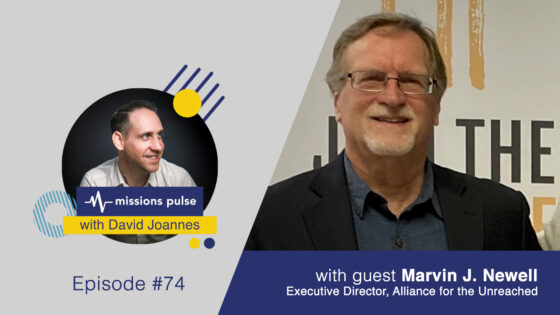Another great missions blab with Steve Schirmer from Silk Road Catalyst, Justin Long from Act Beyond, and others! Check out this conversation full of practical ways to Harness Tech & Social Media To Propel Christian Missions.
Watch the replay here.
All my live video broadcast replays can be found on my Blab profile here.
Follow me on Blab for upcoming live video broadcasts.
For more information about my live video broadcasts, check out my broadcast page here.
Thankfully, Justin Long has already created a timecode of our conversation on his website.
While you watch it, here are timecode keys for the subjects we talked about:
00:00 – 13:11, introductions
13:11, why I stopped my drip feed, and how I tweet.
14:28, how I use lists to monitor the audience I serve for questions to respond to
15:00, Twitter vs Facebook, do you need to be on Twitter?
15:38, me: lot more agencies & mission types on Twitter due to anonymity functions
… my list of agencies on Twitter, publicly available
… have to look at your audience. Different audiences on different social media outlets
17:11 Twitter is looking at removing the 140-char limit.
18:05 On Periscope and its functionality for showing daily life
19:20 Is Twitter restricted anywhere? Yes, in China for example. Having a VPN comes with the territory in some places.
22:15 John Rowe: Twitter and Facebook linked? Definitely notice the difference about engaging on Twitter, more specific on missions; on Facebook, it definitely tends to be more friends & family, not as ministry-focused.
23:00 Robert Scoble’s list of stuff that helps with Facebook. When you link with Twitter, FB doesn’t like it.
How to use the algorithm to clean up your Facebook timeline.
The importance of getting visible on Facebook to be visible in others’ timelines.
25:30 When I post a picture of my family, everyone loves it.
When I post something about missions, very little interaction. Why?
Part of it is audience – FB vs Twitter – more interaction on missions on Twitter
Part of it is the social cost of liking something – higher cost to liking ends of earth vs a dog
Another challenge – early interaction drives later visibility
FB shows post first to a small random sample of your friends; if no one responds,
doesn’t show it to wider audience
29:06 Timezones are key
buffer.com, hootsuite.com, meetedgar.com use for scheduling tweets
30:00 Is ActBeyond using it to mobilize? Is it working? Effective for mobilization?
ActBeyond official account, and then me.
Our CPM video.
31:48 Using Social Media to communicate vision, passion, consistent communication
33:32 Two points: are you using Social media to mobilize, and do you know it’s working for you? Not so many people measure whether it’s working or not.
34:00 my system for testing.
36:00 bring this down to the layman
what is the overarching goal that you have? have to have some kind of numeric measure
all the likes in the world, comments, aren’t necessarily going to be the measure of success
Facebook likes don’t pay the bills
measures: new prayer partners, new followers, converting those to prayers, givers, goers
38:00 importance of defining terms – what is the real issue – how do we get where we need to be? Identifying parameters is something we don’t do well.
Ongoing interaction more important than one-time comment thread
People who pray/give often become goers; donors often become candidates
40:00 “We want to see tangible results not a celebrity fan club”
41:30 One of the challenges is identifying the audience you’re trying to serve in the midst of the crowd that is gathered around your social media account. How do I serve my audience?
43:00 “went from 1,000 to 10,000… in a short amount of time… in the beginning, … began to get a little puffed up, encouraged, excited… realized how quick he went from seeking the Kingdom of God to the Kingdom of Self… then realized how a lot of those followers weren’t even real. Measuring that really wasn’t an important factor…”
44:45 is Social media an effective tool in evangelism and discipleship?
47:36 I misspoke. Some Beyonders are doing this. Others, too. Here’s a Facebook postwhere some are responding.
47:40 How Chuck Huckaby is doing this in the United States, as a case example.
50:00 I use Twitter to crowdsource the brain of the crowd. ![]()
50:33 What else besides Twitter, FB, Pinterest, Linkedin should people be on?
Depends on your country. We haven’t touched on WeChat, WhatsApp, in other languages…
51:59 Other tools. Tools I use.
54:00 Using social media for fundraising.
54:55 Crowdfunding. Patrons. 1,000 True Fans.
57:29 Terminology of what you call your donors
YouCaring.com. IndieGogo. Kickstarter.
01:00:00 Tools we use to connect with vision partners
UberConference – 15 minute monthly update, calls all the donors, voice update
SoundCloud – upload recordings for updates
TinyLetter – use for weekly email update to all donors
1:07:00 – Thoughts on the book Let the Nations Be Glad, Piper
1:09:00 A lot of times we’re trying to get the biggest audience… in retrospect you get little to no response because “you is plural” because everyone looks at everyone else. Had a new shift in my perspective from the book The God Ask.
1:10:00 Steve, on his experiences with fundraising. “Still slogging it out.”
1:17:00. I misspoke again. There have been several Patrons that I have directly asked. They have been close colleagues and friends and I felt comfortable with them. I so appreciate all our Patrons and especially those who responded warmly in the midst of my introverted nervousness. But most Patrons have been voluntary initiators.
1:20 more talk about crowdfunding websites: worked for some of us, not for others.
1:23 can you send too many requests?
just need to set a regular communication pattern and stick to it.
1:25 closing comments.


